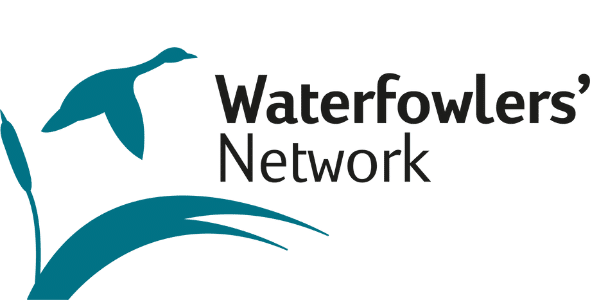Duck Nest
Monitoring Project
The Duck Nest Monitoring Project is run by the Waterfowlers’ Network, of which BASC is a member.
The project aims to boost the numbers of mallard and other duck species breeding in the UK and across Europe.

A successful year
The initiative incorporates the construction and placement of artificial nest structures in potential mallard breeding grounds, such as ponds on shoots and farmland.
The project has made a successful start in the UK, with a total of 171 nests recorded in 2021. 88 of these were sited in duck nest tubes placed earlier the same year.
The Netherlands and Denmark also had a successful first year with a combined total of 1,625 nests reported to the online recording form (as of September 2021).
More than half UK nesting tubes were recorded as being occupied, with mallard being the most common species, followed by common moorhen. Other species reported using the tubes include mandarin duck, gadwall, teal, coot, and a grey wagtail.
Looking forward
The Waterfowlers’ Network will be continuing the duck nest project in 2022 to gather further data. The ongoing support of the shooting community is vital to the success of the project, so thank you to those who recorded their results last year.
If you have artificial nest structures on your land already, or land which would be suitable for placing a duck nest tube, you too can get involved in the project.
Find out more about building and siting duck nest tubes by watching our film here.
Calendar
If you have a site with breeding ducks, here are some tips on what to do in the first few months of this year:
January
Inland duck shooting finishes at the end of the month, so this is a good time to analyse how the season has fared compared with previous years. It’s also an opportunity to look at what improvements can be made, e.g., location of nests, vegetation, is there sufficient food available, etc.
February
Start getting duck nest tube building materials ready. See BASC’s website and YouTube channel for helpful guides on building tubes. Check existing tubes for signs of activity and carry out any necessary repairs.
Install new duck tubes and carry out maintenance on existing ones.
If you have wings collected from shot birds, send them into BASC for analysis as part of our duck and goose wing survey.
If you feed your water, continue to do so until there is sufficient natural food.
March
Carry out any conservation work around the pond (if it can be done without causing disturbance to residing wildfowl).
Continue pest and predator control with Larsen traps and mink rafts. Don’t forget to also reduce rat numbers. Check general licence guidelines when controlling pest birds such as carrion crows and magpies and that consents are in place if shooting on protected land.
Keep note of successful nesting attempts if you have artificial nests on your land.
April – May
Continue pest and predator control.
Keep an eye out for birds nesting in duck nest tubes but from a distance! Consider installing signs asking people to stay away, keep dogs on leads, and to keep disturbances to minimum.
Ensure that any feed storage bins are clean, weatherproof, and not a draw to vermin species such as rats.
If ducks have indeed taken up residence in your artificial nests, continue to keep notes on species using them and whether nesting attempts have been successful.
June – July
These are good months to just sit quietly and watch what is happening on the water.
If you feed, make sure that you have organised a supply.
If you have artificial nests on your land now is the time to report your observations to the Waterfowlers’ Network. It is also important to report if the tubes have not been used or nesting attempts have been unsuccessful as this provides us with crucial data.
The future
BASC looks forward to building on the success of last year for this project and will continue to report on findings. Together we can make a difference to waterfowl numbers and secure the future of sustainable shooting.
Want to read more blogs?
Head to our Offbeat pages here.
